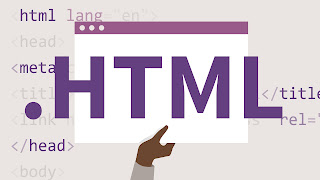Introduction to Python Programming - coding india
Welcome to the exciting world of programming. This course is designed for beginners as well as Professionals. Before diving into the concepts, let's discuss about fundamentals of Python and its applications. What is Python? Python is a widely used high-level programming language created by Guido van Rossum in 1991. It is a simple, general purpose, high level, and object-oriented programming language. Python is also an interpreted scripting language. Python is also known as multipurpose programming language because it can be used to create web applications, GUI, softwares, games etc. Python is widely used for Data Science, Machine Learning (ML) , AI (Artificial Intelligence) and deep learning. Python 2 vs Python 3 In most of the programming languages, whenever a new version releases, it supports the features and syntax of the existing version of the language, therefore, it is easier for the projects to switch in the newer version. However, in the case of Python, the two versions...


